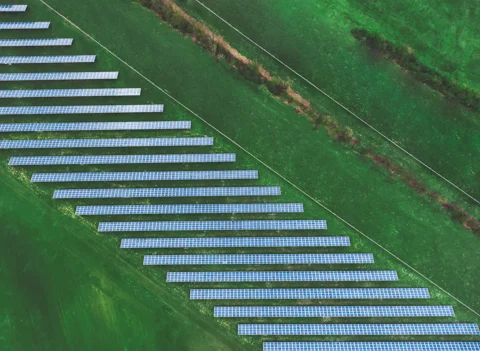Head of asset management at APG, Ronald Wuijster was profiled in The Financial Times this week, to discuss his asset management work, as well as the many recent pension reform developments in the Netherlands.
The Dutch government agreed this month to delay changes to the retirement age, but cuts to payouts by occupational pension funds still loom. The proposed reforms will shift more risk and responsibility on to individual savers. The FT aimed to find out more about these reforms, from the viewpoint of APG, Europe’s largest pension fund manager.
“People assume there are no savings left”
Even though the Dutch pension system ranks as the world’s strongest, trust in the Dutch pension system has sunk. Nearly two-thirds of Dutch people are not confident they will be able to retire when desired or maintain their standard of living in retirement, according to a survey by State Street in 2018. Young people in particular feel unfairly treated as their contribution rates have increased but they fear the system will run out of money before their retirement arrives. Wuijster: “There has been so much bad press that people assume there are no savings left at all for pensions. In fact, there are substantial sums of money that have been saved that can be used for pensions.”
“Too much risk buffering”
“I feel there is too much risk buffering in the system. That is my personal opinion,” says Wuijster. Dutch pension funds are required to use a highly conservative discount rate to calculate liabilities, which means that most have seen no improvement in their funding position. Occupational pension funds must also maintain sizeable solvency buffers — additional funding — to ensure they can meet payouts.
Making people more conscious about pension
The article highlights the personal pension pot and the ‘clear overview and insight’ service as examples of how APG works to make people more conscious about their pension. “The reality is that 75 per cent of the pension must be earned from investments. The contributions from employers and workers amount to 25 per cent. Savers don’t realize about discounting or the time power of money,” explains Wuijster in the FT profile. It also mentions the Groeifabriek and initiatives such as Kandoor, with which APG is working on innovation for ‘the day after tomorrow’.
Achieving a good return in a sustainable way
Over the past decade, APG has delivered net annualized returns (after fees) of about 10 per cent for its largest client ABP, the pension fund for government and educational employees. “We have had 10 years of great performance and we expect returns will be lower over the next decade,” the asset management head cautions in the article.
APG has also already reached its 2020 target for decarbonizing its portfolio and is thinking about fresh objectives in the environmental, social and governance field. Wuijster talks about APG’s second major goal: to contribute to a sustainable world as an investor: “We try to engage with energy companies and to make them aware of the challenges of climate change, but we don’t say no to fossil fuels today. We need to be realistic and look to influence the change.”



